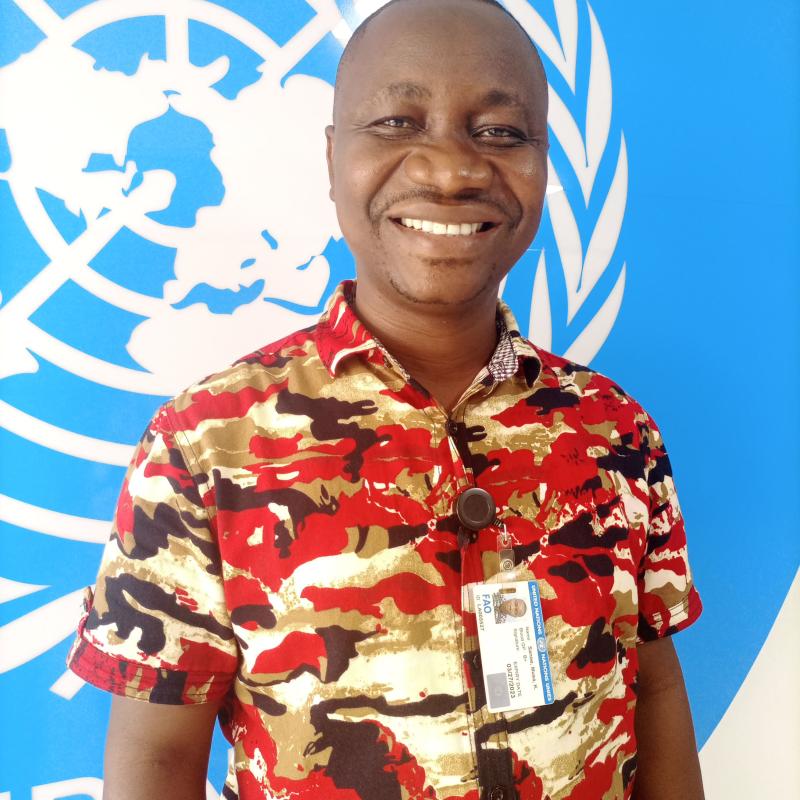Monitoring, and Evaluation professional for the past 17 years in Liberia and supporting development projects. I worked with five (5) international organizations prior to joining the Food and Agriculture Organization of the United Nations. I worked with the American Refugee Committee (Currently call Alight International), Norwegian Refugee Council, Education Development Center, ACDI VOCA, and Plan International.
My contributions
Disability inclusion in evaluation
Discussion

Musa K. Sanoe
National M&E Specialist United Nations Food and Agriculture Organization (FAO)This is interesting. To make the roles of the evaluation manager meaningful in the evaluation process, a proper orientation, and clear roles and responsibilities matter. I see many of the discussants emphasizing the relevance of the evaluation manager throughout the process. At what points (intervals) the evaluation team needs to bring in the evaluation manager? This is critical. Again, the independence of the evaluation needs to be protected to get credible results. It would be interesting to bring in the evaluation manager at the beginning and end of every critical step. This can take the form of debriefing, to allow the evaluation manager to contribute. I have led and participated in an evaluation where the evaluation manager tried to get involved with dictating which participants to be sampled. Similarly, the evaluation manager also attempted to model the minds of the participants. These actions undermine the independence and the credibility of the evaluation.